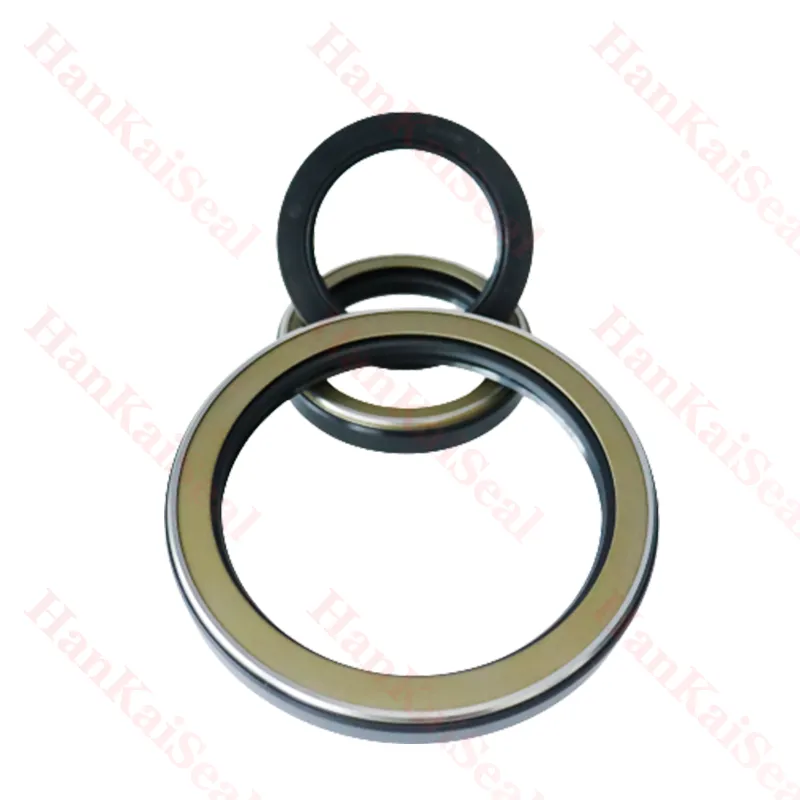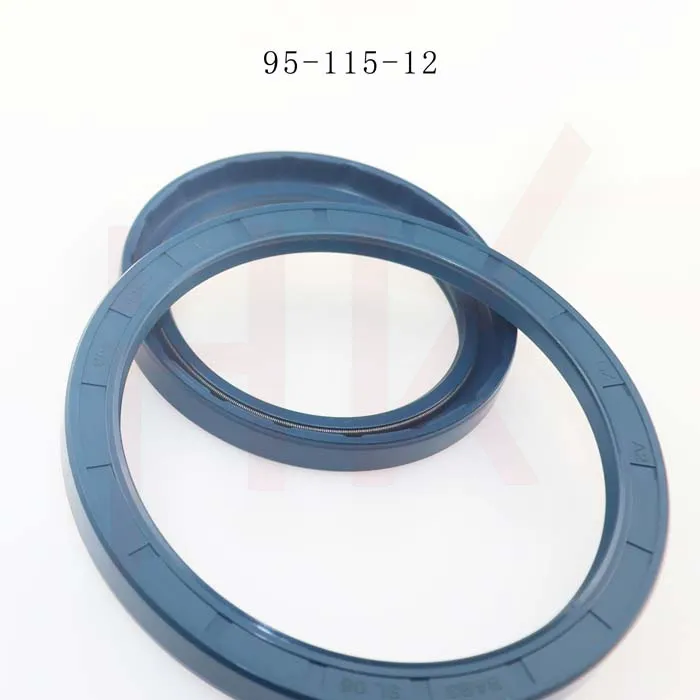ਫਰ. . 15, 2025 23:02 Back to list
wiper seals


For industries heavily reliant on mechanical operations, selecting the right wiper seal involves a comprehensive understanding of the operating environment, the type of contaminants expected, and the specific mechanical requirements. OEMs (Original Equipment Manufacturers) benefit from consulting with seal manufacturers early in the design process to tailor wiper seals that meet the nuanced needs of their equipment. In heavy-duty industrial machinery, for instance, larger wipers with reinforced materials and convoluted designs provide necessary durability and protective coverage. Conversely, in precision instruments, compact and smooth-profiled wipers are imperative to avoid introducing unnecessary friction or disruption. From an operational perspective, maintaining wiper seals is straightforward yet crucial. Regular inspections and replacements as part of preventive maintenance schedules prevent the gradual degradation that can lead to substantial system failures. When signs of wear, hardening, or cracking are evident, timely replacement ensures continued protection and optimal performance. The continuous advancement in wiper seal design and technology promises even greater future efficiencies. Emerging materials with self-lubricating properties, for example, show potential in further reducing maintenance needs and extending service life. Moreover, innovations in environmental sustainability see the development of more environmentally friendly materials without compromising on performance. In conclusion, wiper seals, while often overshadowed by more complex mechanical components, are integral to the reliable and efficient operation of systems across varied industries. Their design and application demand a high level of expertise and precision, underscored by extensive research and compliance with rigorous standards. They are a cornerstone of mechanical system integrity, ensuring that equipment operates under optimum conditions while safeguarding it against the intrusions of a harsh environment. Their trustworthiness is not simply a feature but a result of conscientious engineering and innovation—a testament to their role as unsung yet indispensable guardians of machinery.
-
TCN Oil Seal Metal Ring Reinforcement for Heavy Machinery
NewsJul.25,2025
-
Rotary Lip Seal Spring-Loaded Design for High-Speed Applications
NewsJul.25,2025
-
Hydraulic Cylinder Seals Polyurethane Material for High-Impact Jobs
NewsJul.25,2025
-
High Pressure Oil Seal Polyurethane Coating Wear Resistance
NewsJul.25,2025
-
Dust Proof Seal Double Lip Design for Construction Equipment
NewsJul.25,2025
-
Hub Seal Polyurethane Wear Resistance in Agricultural Vehicles
NewsJul.25,2025
-
The Trans-formative Journey of Wheel Hub Oil Seals
NewsJun.06,2025
Products categories
















